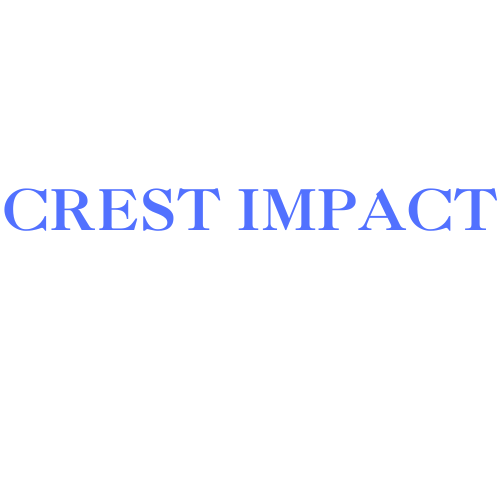
Schedule an aPPOINTMENT
Consultations cost €125 per hour.
Would you like to meet and pick Mary’s brain about any topic that falls under our services? A one-hour consultation meeting is arranged with your organisation’s or individual needs as the primary focus. During this meeting, you are encouraged to ask any question on:
Anti-Racism
Decoloniality
Social Impact
Anti-Blackness
Inclusive Communications
Diversity, Equity and Inclusion
Race and Culture - Equity and Strategy
Content and Social Media Management

